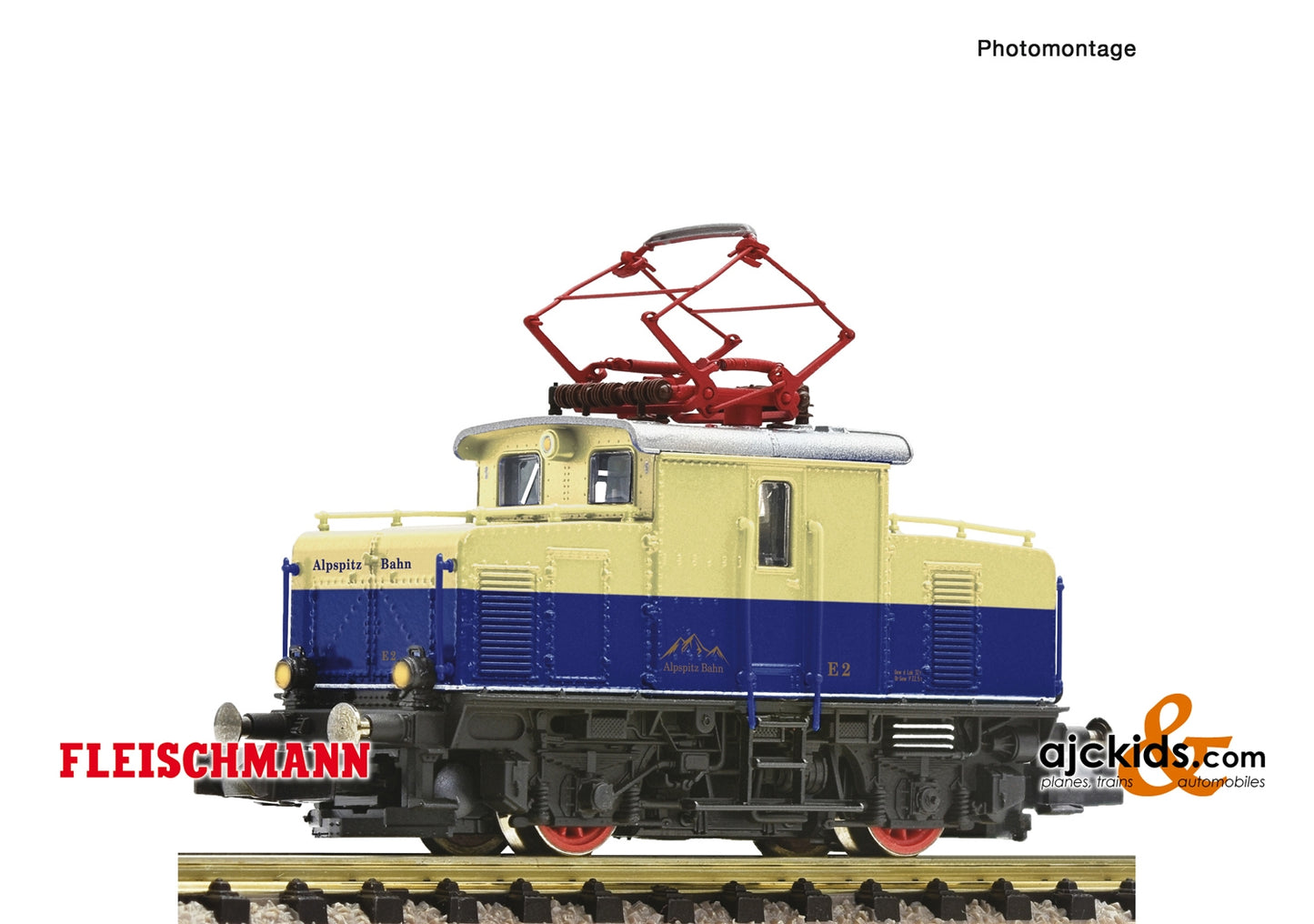Fleischmann 737110 - Electric rack-and-pinion locomotive
■ Locomotive for realistic rack-and-pinion railway operation
■ Suitable for the FLEISCHMANN rack track 9119
■ Due to its enormous climbing ability on rack-and-pinion rails, the loco can cope with extreme differences in altitude (up to 25 %) even when space is limited
■ The locomotive is suitable for operation on FLEISCHMANN rack-and-pinion rails but also on standard rails
Cogwheel railways radiate an exceptional fascination with the unique combination of mountains, complex routing and numerous bridges and tunnels. The locomotion of the train is based on a cogwheel that locks into a rack located between the tracks, since the standard friction between the wheel and the track is not sufficiently robust for the steep inclines. On cogwheel railway lines that are based on what is called a mixed system and where friction sections alternate with rack sections, depending on the gradient, the tractive power is exerted by the same machine. There are a lot of private cogwheel railways in the Alps, which are very popular with tourists from all over the world.
| Specifications: | ||||||||||||||||||||||||||||||||||||||
|
|
|||||||||||||||||||||||||||||||||||||
Product description
The Alpspitz-Bahn With their unique combination of mountain landscape and venturesome routing featuring numerous bridges and tunnels, rack-and-pinion railways engender particular fascination. The movement of the train is achieved through the engagement of a toothed wheel in a toothed rack positioned in the centre of the track, as the usual friction generated between wheels and rails is insufficient for the steep inclines. After the rack-and-pinion trains, which were originally produced for tourist and industrial traffic, plans were formed to utilise the toothed rack for continuous passenger and freight transport, and thus railways in the so-called mixed system were developed. These systems feature the alternating use of friction and toothed rack sections depending on the gradient ratios. The traction is exercised by one and the same engine. The first rack-and-pinion railways were exclusively operated using steam locomotives. At the end of the nineteenth century, electric traction increased greatly in significance. Today, many of the trains originally operated using steam have been electrified; on several of these, the steam locomotives have been replaced or supplemented with diesel traction units. Because steam engines were so popular with the tourists, several rack-and-pinion railway operators procured new, oil-fired steam locomotives in the 1990s. It is possible to find a particularly large number of private rack-and-pinion railways in the Alps, and these attract tourists from all over the world. Some of the most famous railways are the Zugspitzbahn in Germany, the Schafbergbahn in Austria and the Vitznau-Rigi-Bahn in Switzerland, which is the country with the most rack-and-pinion railways.
EAN/UPC: 4005575254373



